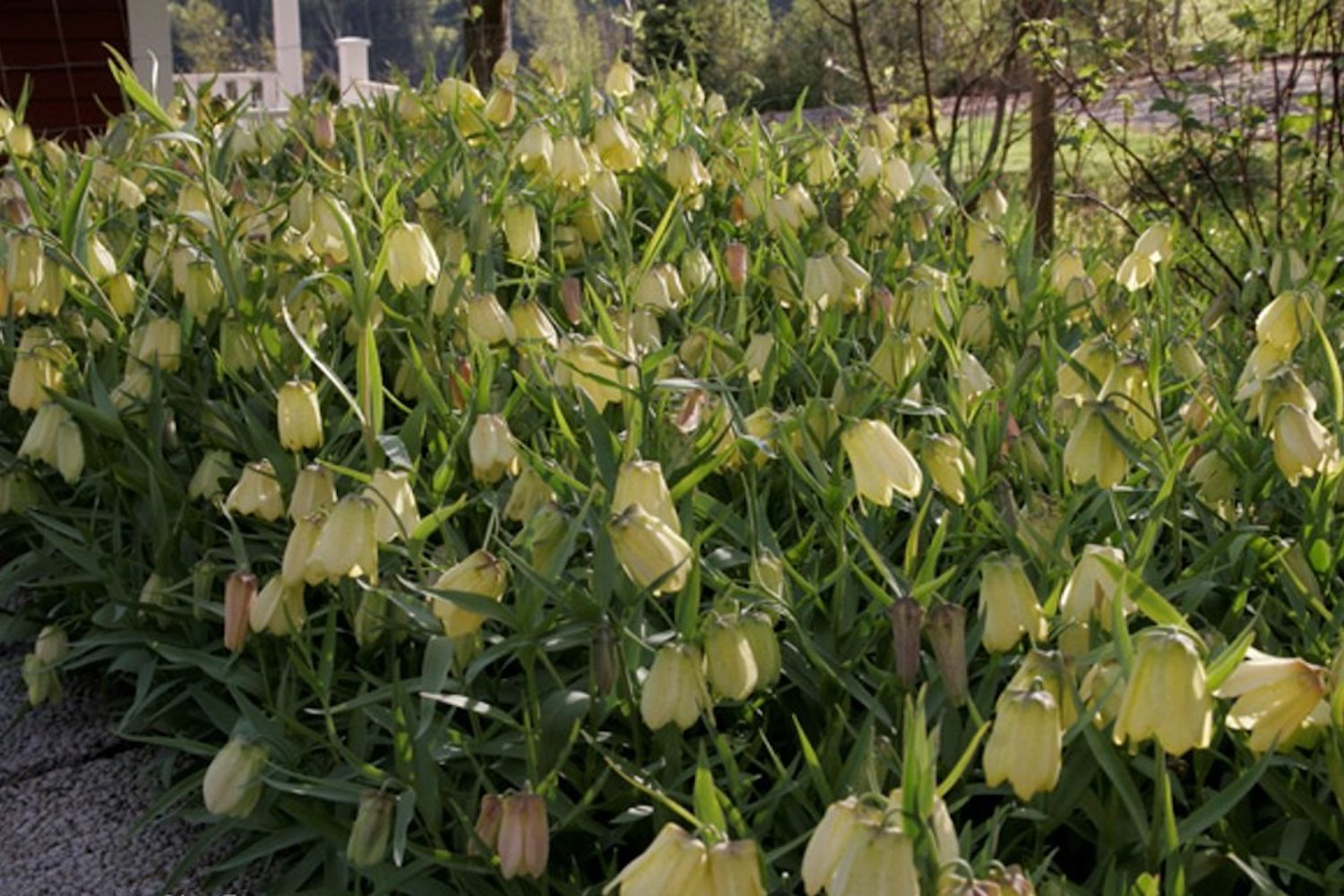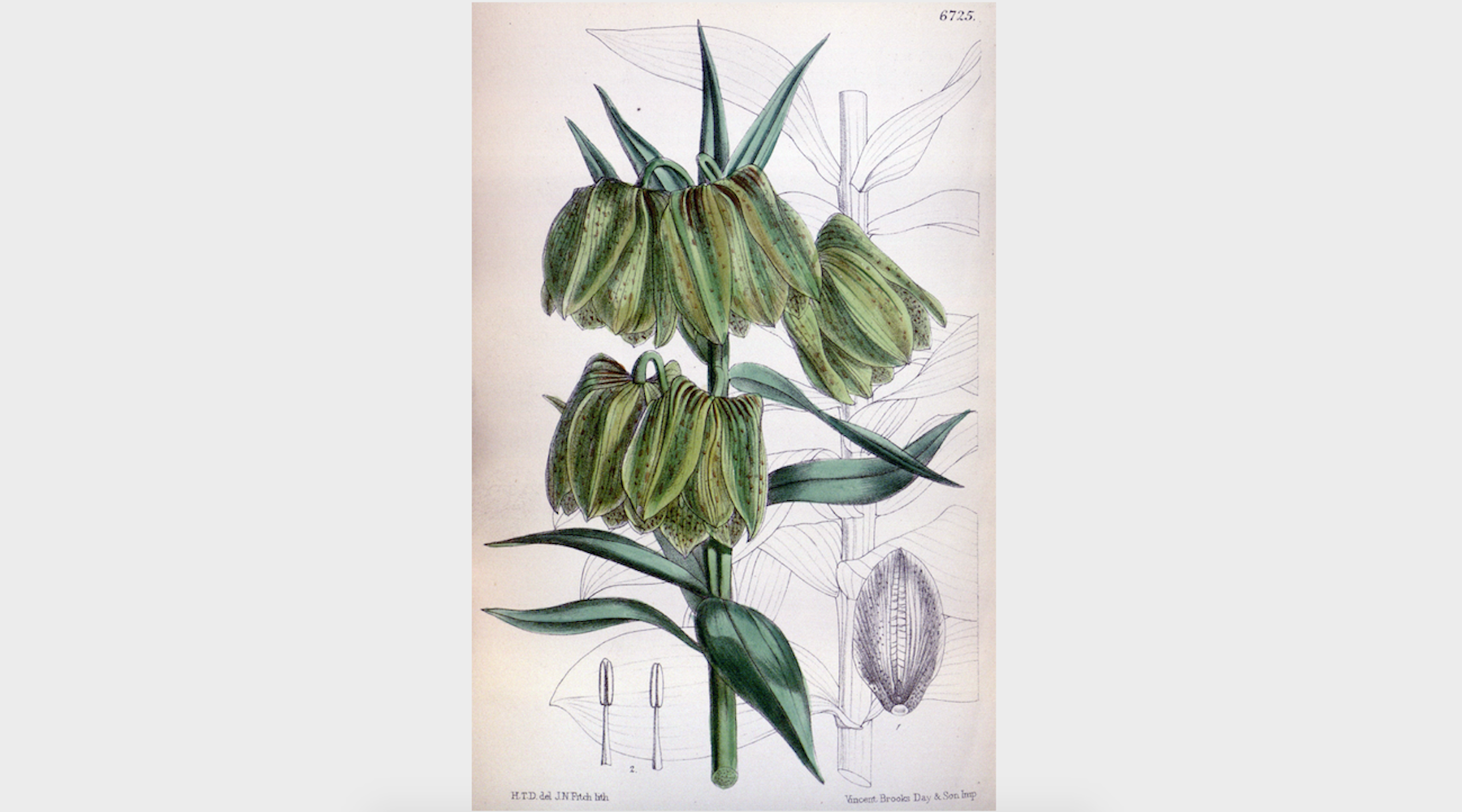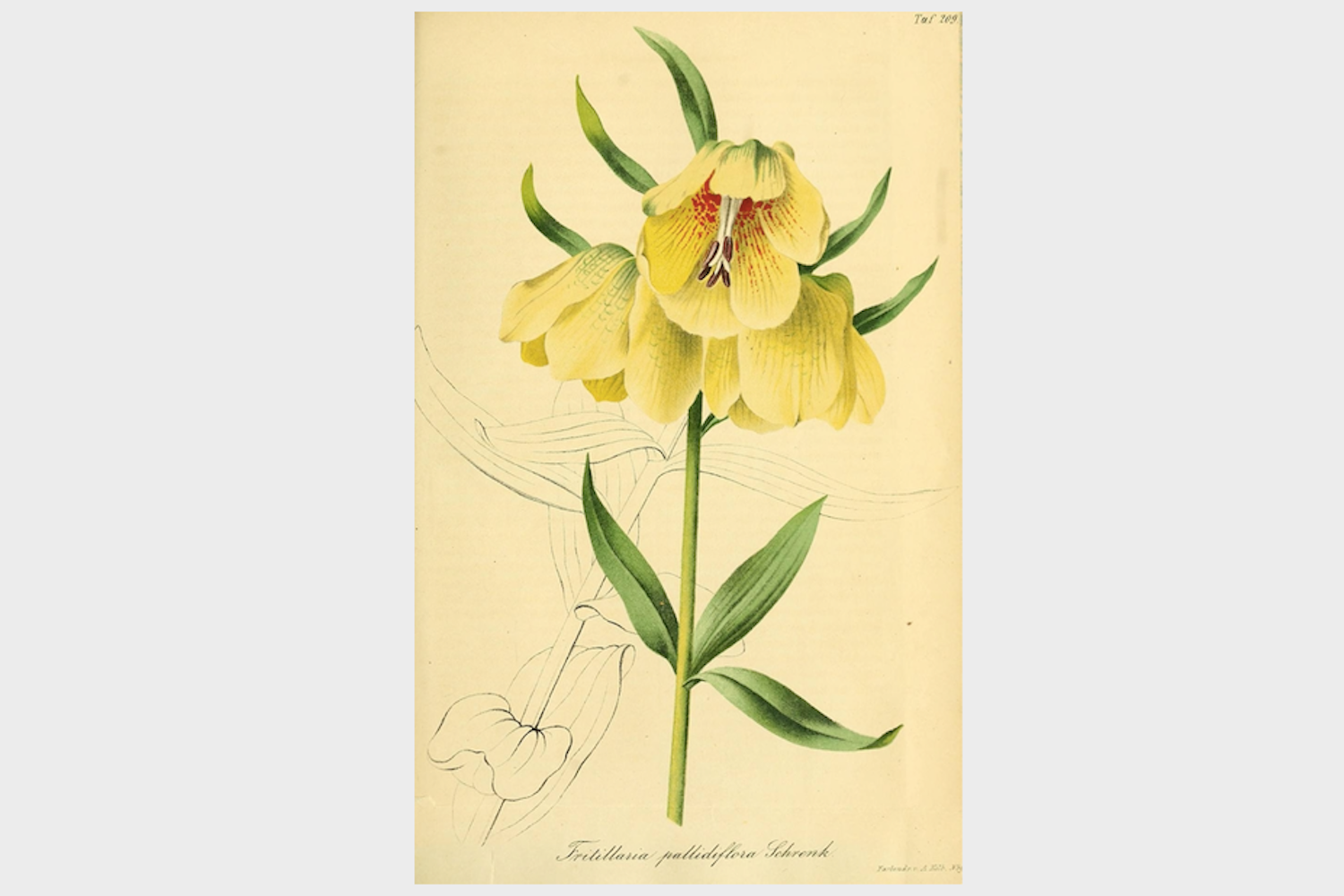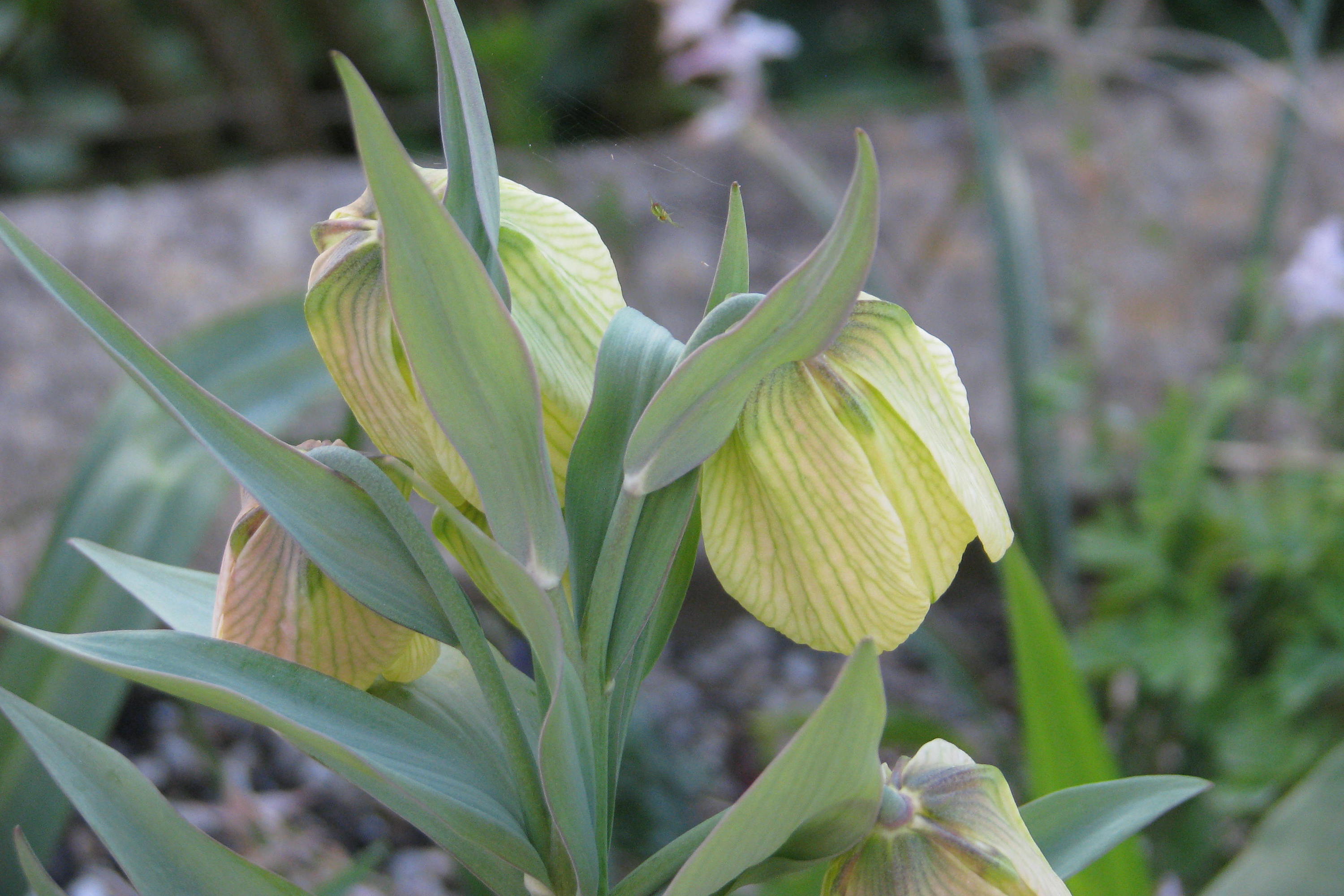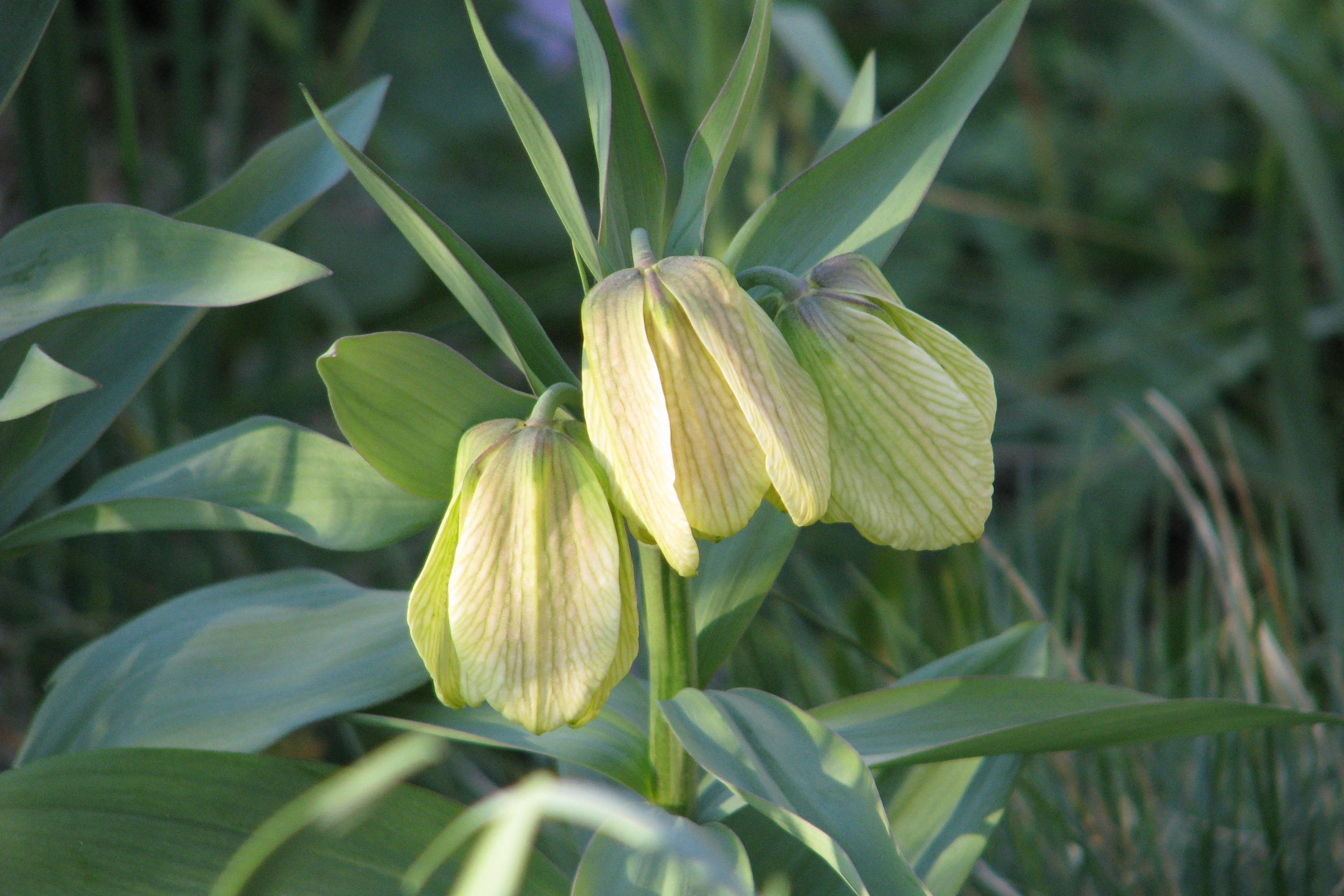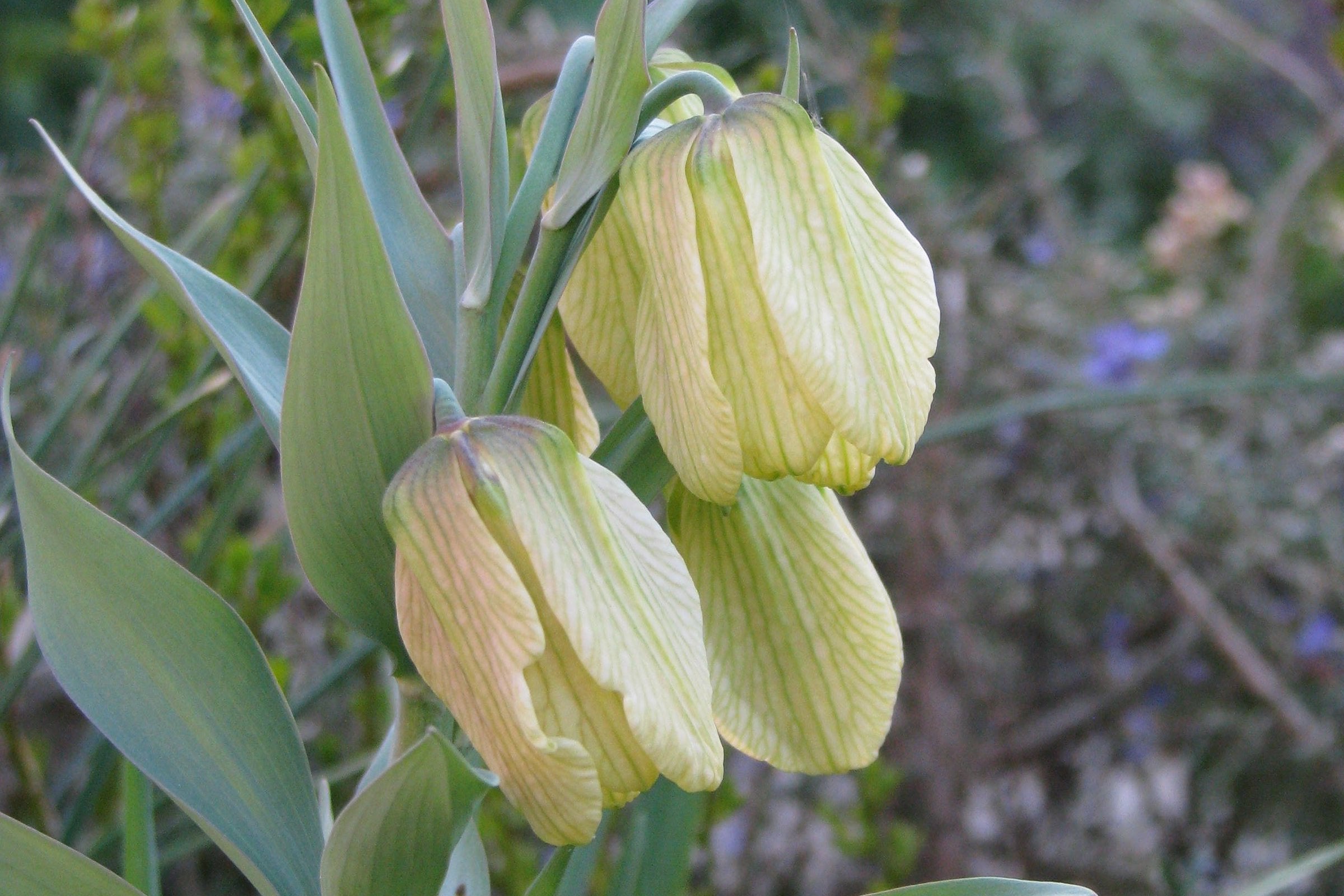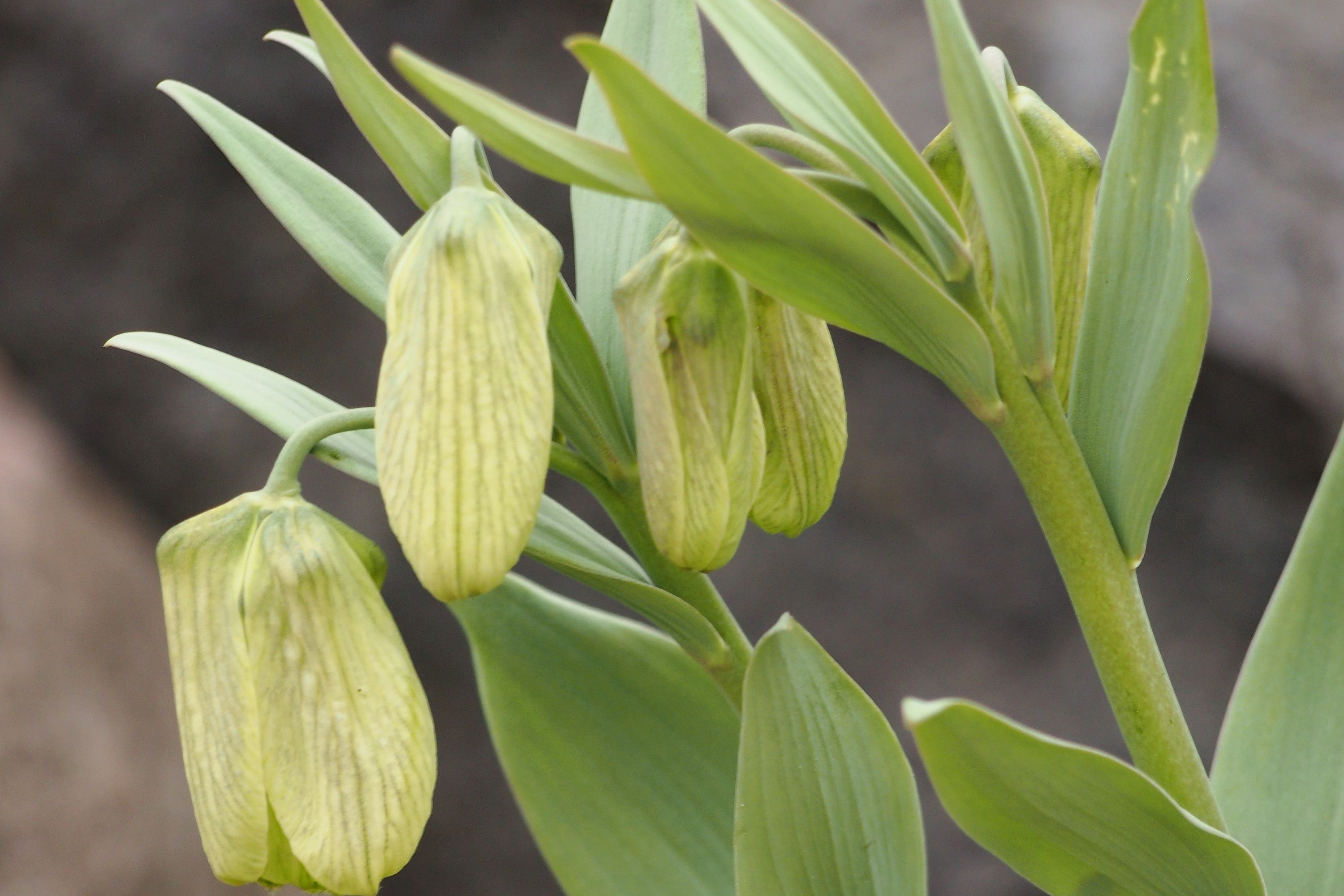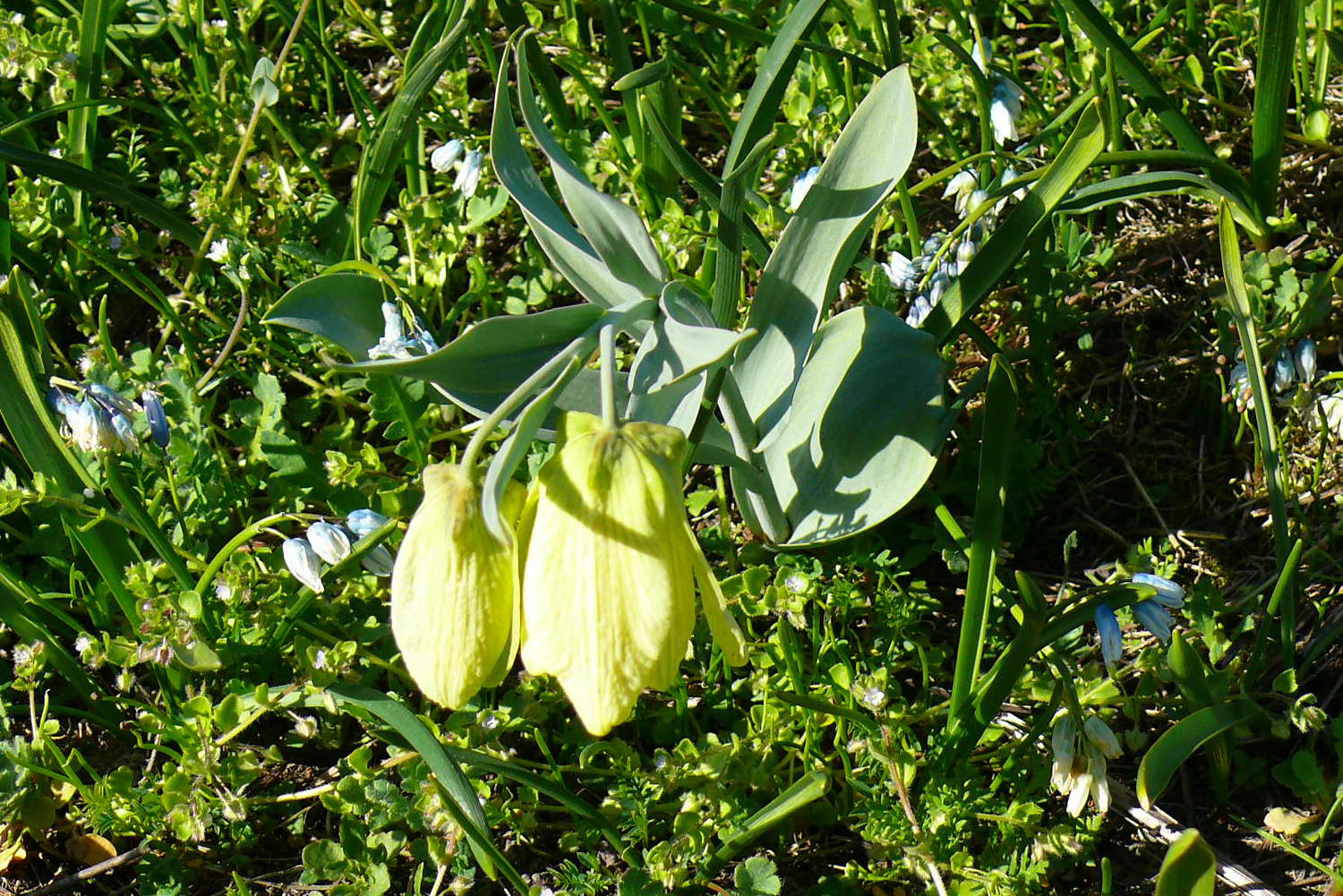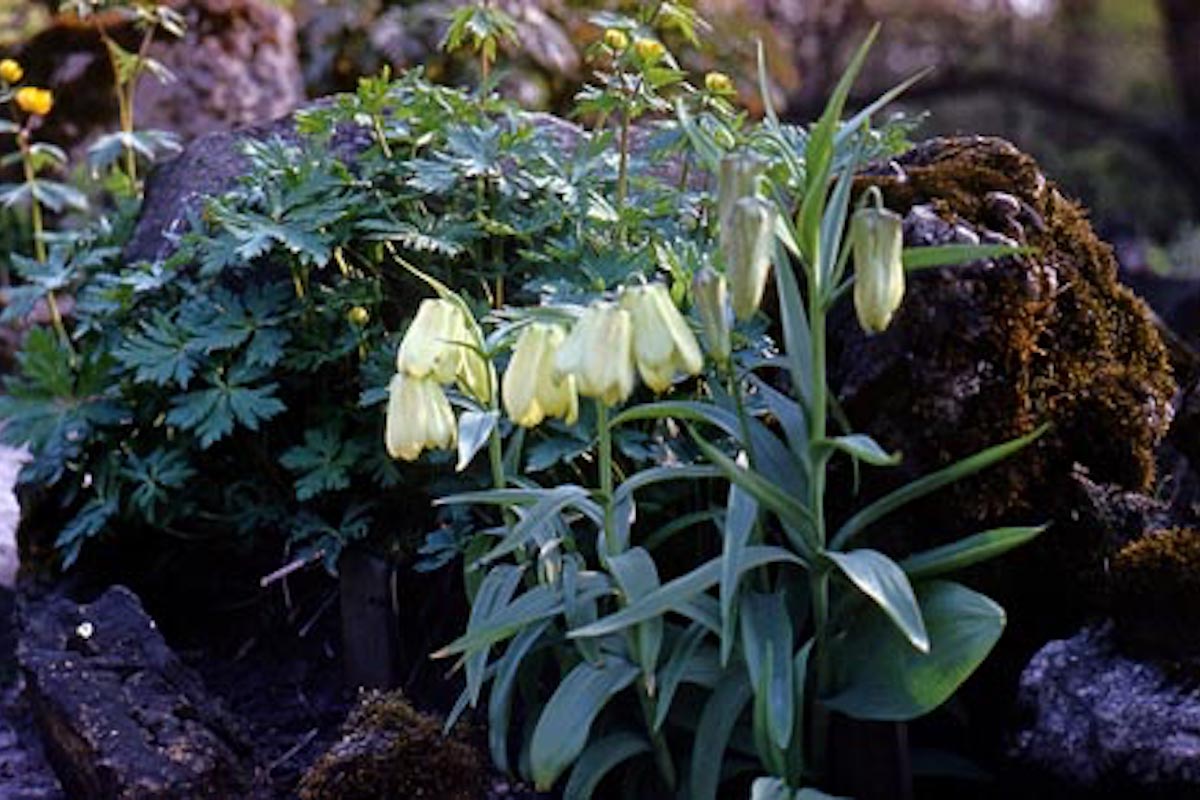Fritillaria pallidiflora
Approx. 0.5 litre pot
About this cultivar:
Fritillaria pallidiflora is an Asian species of bulbous flowering plant in the lily family native to Xinjiang, Kyrgyzstan, and Kazakhstan. All the popular tourist destinations....
The common name frequently used is Siberian fritillary, a misnomer because the species does not grow in the wild in Siberia. The Latin specific epithet pallidiflora means 'pale flowered', which is not as misnomer because it bears pale yellow, nodding bell-shaped flowers. Has the Royal Horticultural Society Award of Garden Merit and is wonderful.
- Position: Full sun, partial shade
- Soil: Almost any soil that is well drained. You may need to grow this is a pot or alpine bed
- Flowers: May, June
- Other features: Royal Horticultural Society Award of Garden Merit (RHS AGM)
- Hardiness: H5 - Hardy in most places throughout the UK even in severe winters (-15 to -10°C)
- Habit: Clump forming, Columnar or Upright
- Foliage: Deciduous
- Height: 30 - 45 cm (1 - 0.6 ft)
- Spread: 10 - 20 cm (0.3 - 0.6 ft)
- Time to full growth: 2 to 5 years
- Plant type: Herbaceous Perennial, bulb
- Colour: Green, purple, black, yellow
- Goes well with: Narcissus and Tulipa
About this genus:
Fritillaria is a genus of Eurasian, North African, and North American plants in the lily family.
The name is derived from the Latin term for a dice-box (fritillus), and probably refers to the checkered pattern of the flowers of many species. Plants of the genus are known in English as fritillaries. Some North American species are called mission bells.
Fritillaries often have nodding, bell- or cup-shaped flowers, and the majority are spring-flowering. Certain species have flowers that emit disagreeable odors. The scent of Fritillaria imperialis has been called "rather nasty", while that of Fritillaria agrestis, known commonly as stink bells, is reminiscent of dog droppings. On the other hand, Fritillaria striata has a sweet fragrance.
Fritillaria extracts are used in traditional Chinese medicine usually for cough remedies. They are on to something; in one recent study fritillaria reduced airway inflammation by suppressing cytokines, histamines, and other compounds of inflammatory response. Also the bulbs of some species were commonly eaten by indigenous peoples of the Pacific Northwest coast.
But don’t try this at home! Most fritillaries contain poisonous alkaloids such as imperialin; some may even be deadly if ingested in quantity.
The emblematic and often unusually-colored fritillaries are commonly used as floral emblems. Fritillaria meleagris (snake's head fritillary) is the county flower of Oxfordshire, UK, and the provincial flower of Uppland, Sweden. In Croatia the checkerboard pattern of its flowers may have inspired the pattern on the nation's coat of arms. Fritillaria species also make up the floral emblem of Ishikawa Prefecture and Obihiro City in Japan. We could be here all day…..
Books often tell you Fritillaria prefer well-drained soil and full sun. But most of the species we sell will grow almost anywhere in the British Isles that isn’t pitch black, a desert, or a puddle. Actually they may even grow in puddles, we grow some Fritillaria meleagris by a stream, beneath woodland. In thick clay. (see photos…). So much for the books… I'd say just take it on a case by case basis!
As for companion plants: how about other spring flowering narcissus and tulips?

